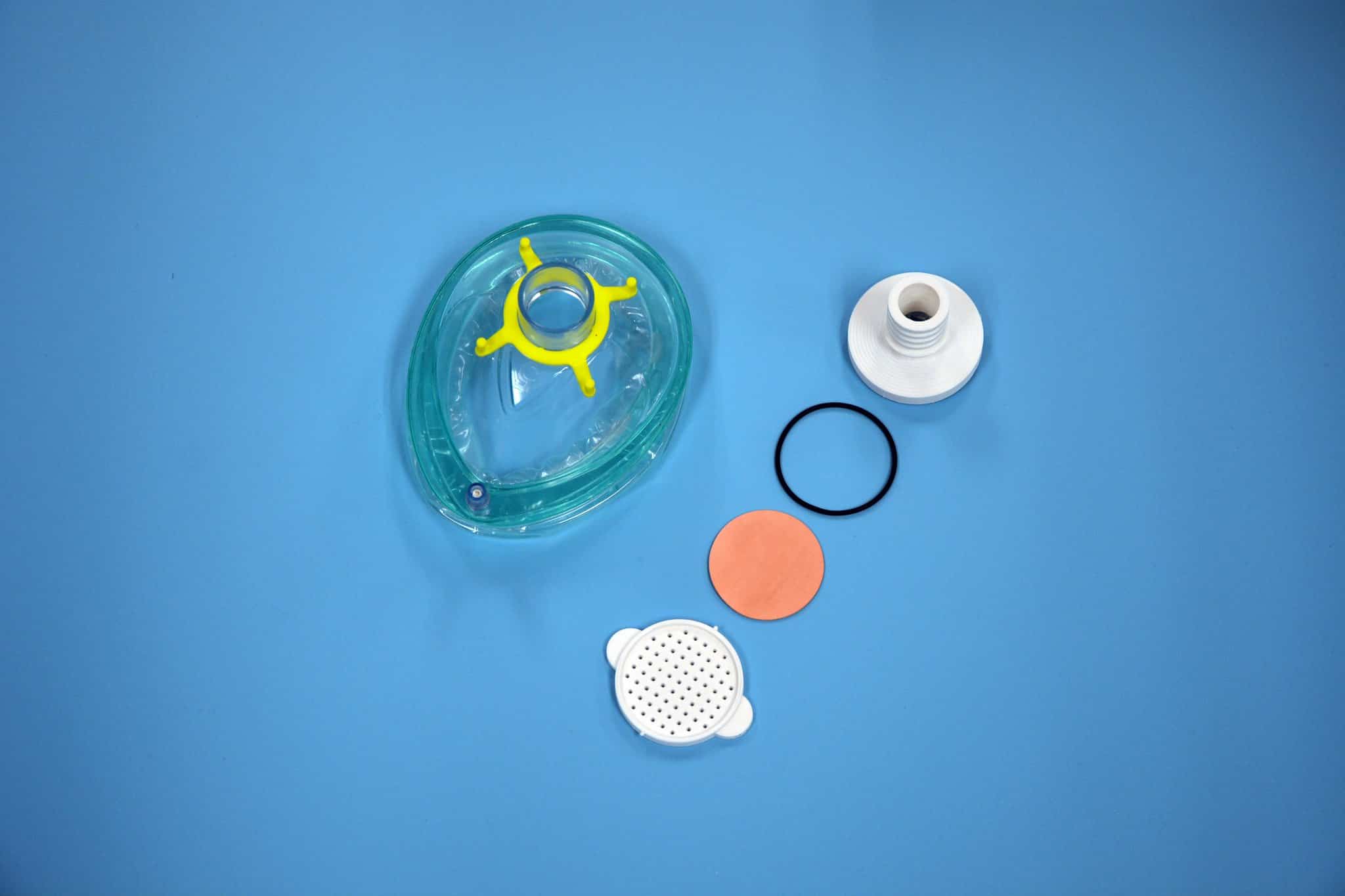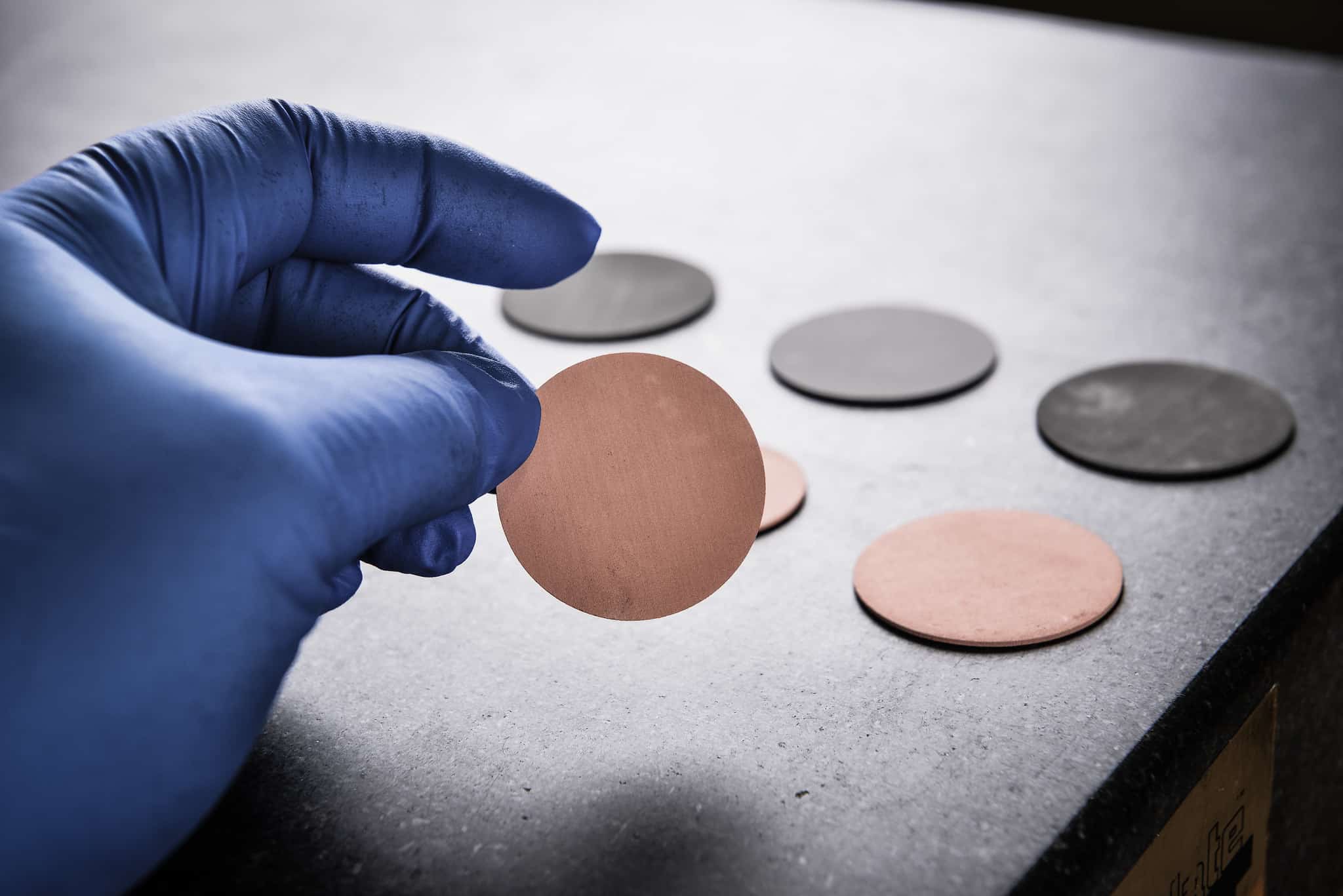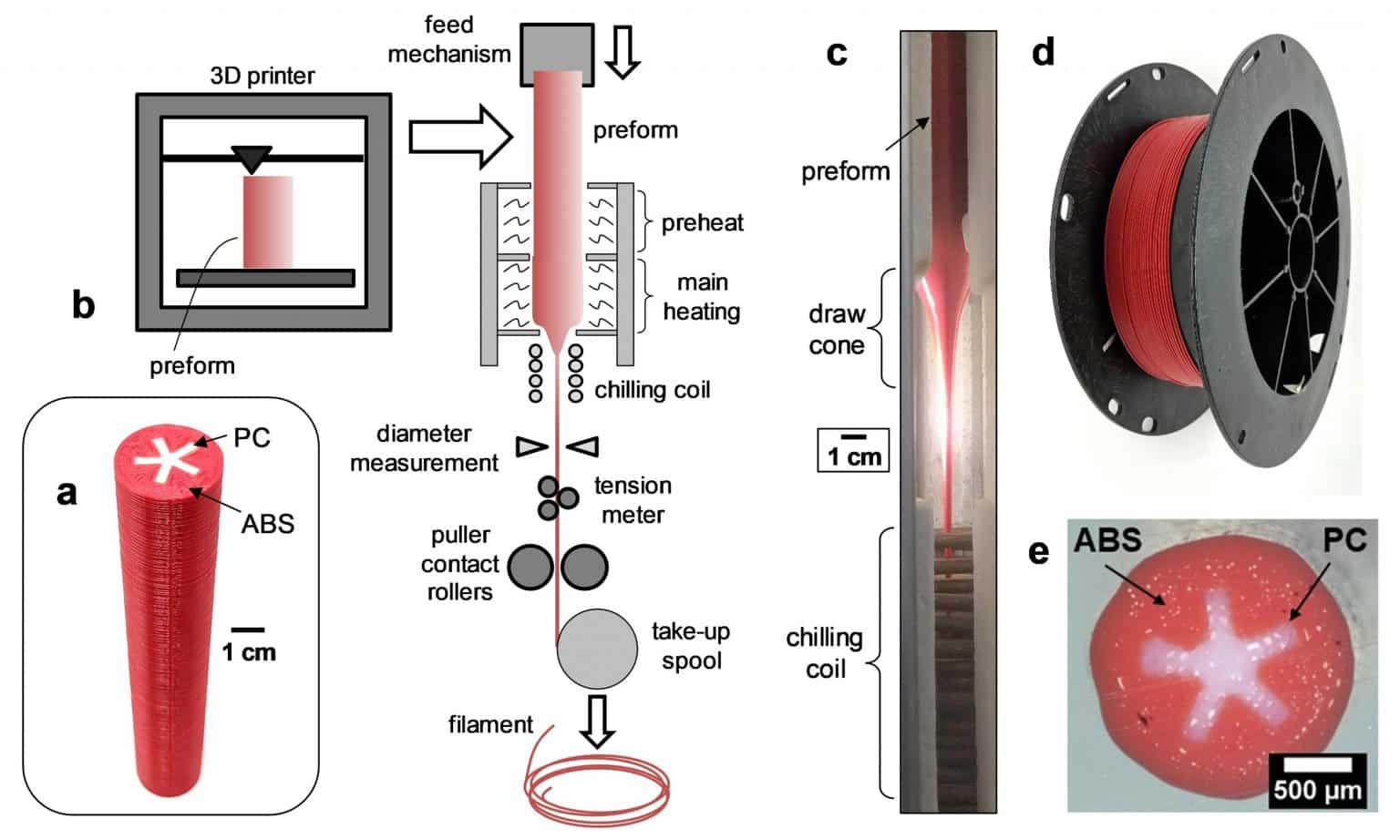ExOne, a leading manufacturer of sand and metal binder jetting 3D printers, and the University of Pittsburgh are collaborating to develop reusable metal filters that can be housed in plastic gas mask boxes.
ExOne’s binder jet 3D printing process can be used to produce metal parts with specific porosity levels that effectively filter out contaminants while maintaining air circulation. Using its technology, the company was able to develop two metal reusable porous metal filters: copper and 316L stainless steel. The plastic gas mask filter was designed by the Department of Mechanical Engineering and Materials Science at the Swanson School of Engineering at Pitt University.
Preliminary tests are being conducted on airflow and filtration efficiency, and filters are being optimized to meet N95 ventilator standards. ExOne explained that the combined force could potentially provide sustainable, sterilizable personal protective equipment (PPE) for long-term use to resist contaminants such as COVID-19, which is the current coronavirus Pandemic disease.
“Our team has been working urgently to expedite this promising and reusable solution for medical personnel on the frontlines of fighting the COVID-19 pandemic,” said John Hartner, ExOne CEO. “Our customers routinely print porous metal filters for a variety of purposes, and we are confident that we’ll have a solution soon that can enable medical personnel to sterilize metal filters for repeated reuse, eliminating waste.”
ExOne’s adhesive jet technology uses a printhead to selectively deposit liquid adhesive layer by layer onto a thin coating of metal powder until the final object is formed. Once 3D printing is done from powdered metal, it is sintered in the furnace.
Generally, metal parts sprayed with the binder are sintered to full density. However, ExOne’s technology allows the establishment of a specific level of porosity for the object in question (in this case, a metal filter). However, the required porosity level of the filter will vary between different metal materials.
Therefore, in order to test filters of different metals and porosity, a research team led by Dr. Markus Chmielus, associate professor of mechanical engineering and materials science at Swanson School, is using a CT scanner to analyze its microstructure and porosity. To help analyze and optimize filter performance, engineering simulation software developer Ansys provides additional computer simulation support.
“The advantage of binder jet 3D printing over other additive manufacturing methods for this filter application is the ability to utilize the porosity of the printed part and then fine-tune it during the high-temperature densification or sintering process to achieve optimum filtering and airflow performance,” explains Dr. Chmielus.
ExOne said that although both copper and stainless steel filters have been 3D printed by ExOne and are currently being tested at Pitt University, it is well known that copper itself has antibacterial properties for quite some time. The company explained that according to Smithsonian, the earliest documented use of copper to kill bacteria was Edwin Smith papyrus, the oldest medical literature in history. In addition, many studies have demonstrated the disinfection capacity of copper, including a study funded by the US Department of Defense in 2015. The results show that copper alloys can reduce infections by 58%.
ExOne developed the first version of its adhesive jetting technology in 1996 and has since been adopted by its sand and metal 3D printing system. The metal 3D printers it selects include Innovent +, an entry-level system designed for R & D, and small part production. At the 2018 Formnext conference, the company introduced the X1 25 PRO system, which was designed to achieve greater manufacturing volume and the same powder metallurgy capabilities as Innovent +.
About a year later, in November 2019, the company launched the X1 160PRO. The company’s largest machine to date has been developed for high-volume, large-scale production of end-use parts and castings.
In addition, ExOne has collaborated with many partners to develop its metal binder injection technology. Last year, the company announced a partnership with Sandvik Additive Manufacturing to advance its adhesive jet 3D printing process. Both companies will work to optimize the use of metal powders through adhesive jet 3D printing.
The company also collaborated with Oak Ridge National Laboratory (ORNL) to advance 3D printing of adhesive jets to achieve 3D processing of H13 Tool Steel.




